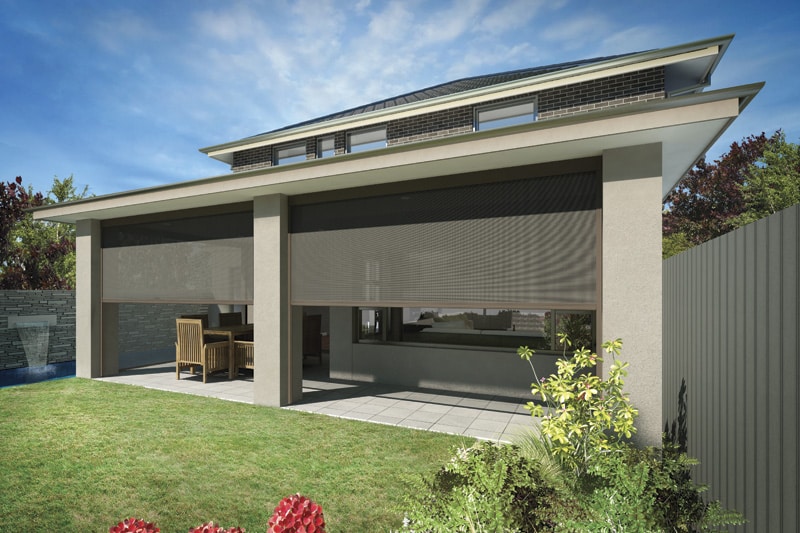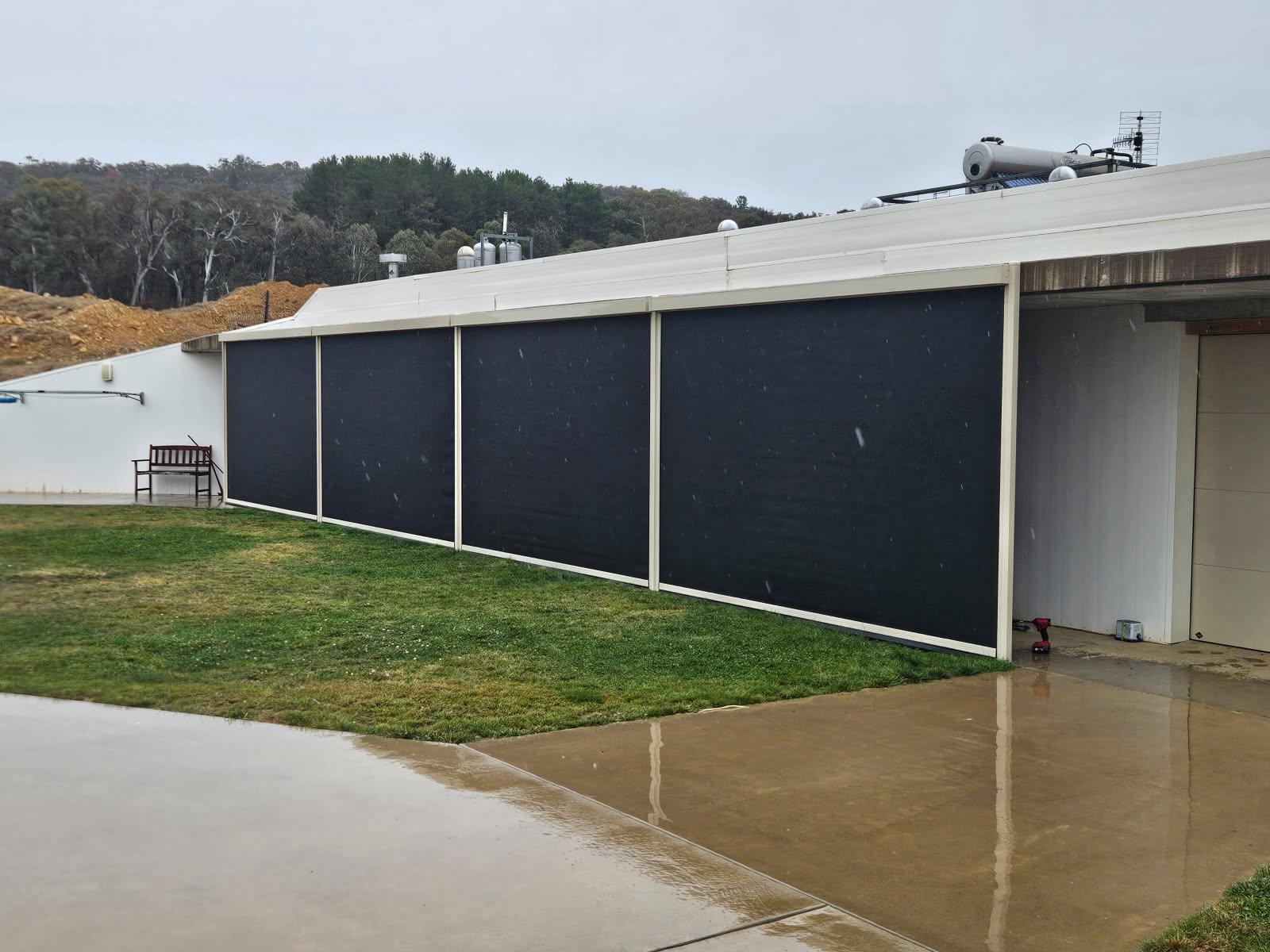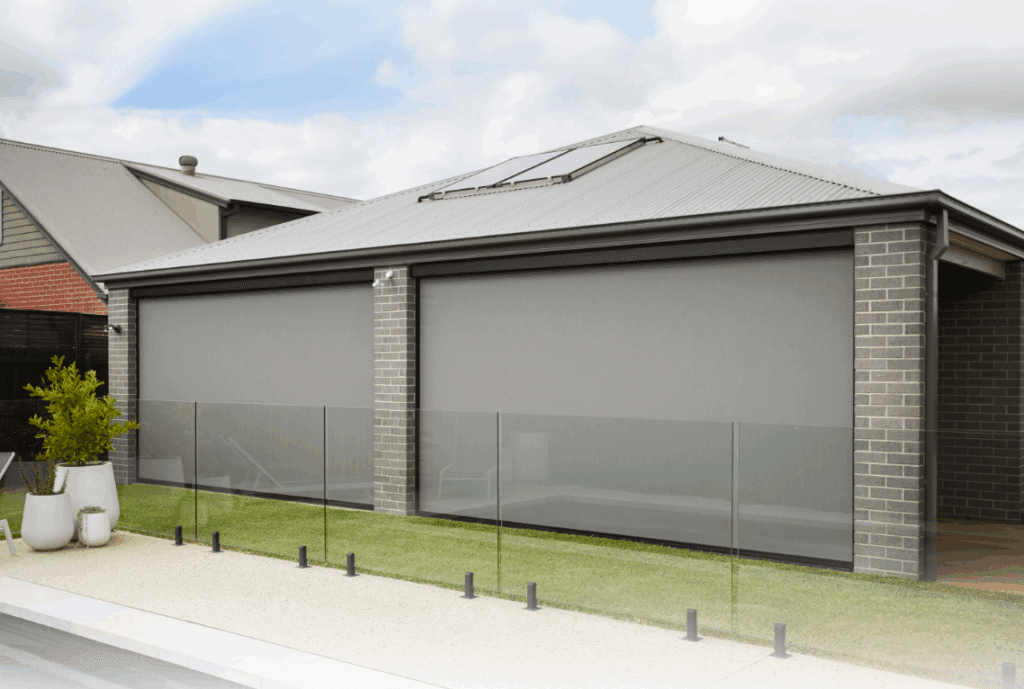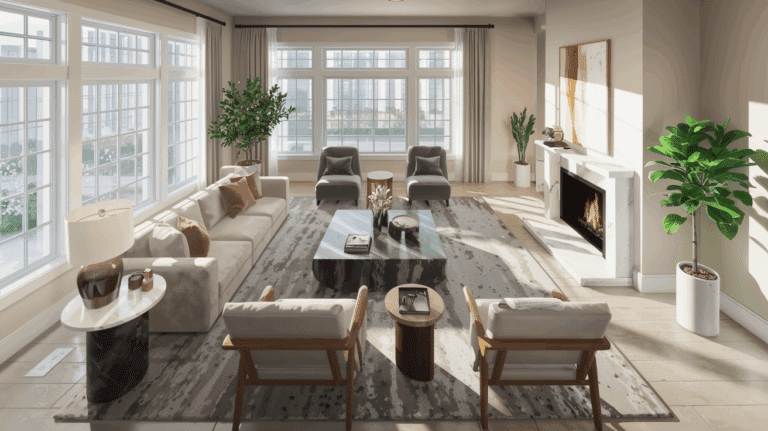If you enjoy spending time outside but want better control over shade and comfort, a retractable awning is a smart choice. It gives you cover when the sun’s out, then folds away neatly when you want the open sky. You get flexibility without the bulk of a fixed roof.
Where They Work Best
Retractable awnings fit many spaces. You’ll often find them:
- Extending over patios and decks
- Providing shade on balconies
- Covering poolside areas
- Protecting outdoor dining or lounge zones
If you host friends or family often, an awning helps you enjoy meals outdoors without glare or heat. It also shields the space from light rain so you can relax comfortably. Because the fabric retracts completely, your indoor rooms still get natural light when you want it.
They’re especially useful in smaller homes and apartments where adding a permanent roof isn’t possible.
Australia’s YourHome guide on shading notes that adjustable covers like these help manage temperature and improve comfort throughout the day.
Key Benefits

Retractable awnings give you control over light, heat, and privacy. You can extend them when the sun is strong or roll them back for fresh air and open views.
Other practical benefits include:
- UV protection: Reduces fading on furniture and flooring.
- Better comfort: Creates shaded spots that make outdoor areas more usable.
- Longer furniture life: Helps prevent early wear and tear.
And it’s not just comfort. The Cancer Council’s shade guide highlights how proper shade is one of the simplest ways to reduce UV exposure at home.
Operation Options

Retractable awnings come in two main types:
- Manual: Operated with a hand crank. Simple and low-maintenance.
- Motorised: Controlled by a switch, remote, or phone. Some models connect to smart systems for easy automation.
Motorised versions are ideal for bigger spaces or when convenience matters most. Some include sensors that react to weather — retracting in strong wind or extending when sunlight increases.
For a deeper look, this guide on the retractable awning explains styles, operation, and what to consider when choosing one.
How much do they cost?

Prices depend on fabric type, size, and operation style. As a rough guide:
- Manual awnings start from a few thousand dollars.
- Motorised models with sensors cost more but offer greater ease.
While the upfront price is higher than basic shade options, retractable awnings often pay off by protecting furniture and adding value to your home.
Handling Weather

Most quality awnings are built to handle everyday Australian weather. Their fabrics are water-resistant, blocking light rain and UV rays effectively.
They’re not designed for heavy storms. Leaving them out during strong wind or rain can cause damage. That’s why many homeowners choose motorised systems with wind sensors for peace of mind.
Types of retractable awnings
There’s a style for every setup:
- Folding Arm Awnings: Great for patios and decks. They extend without posts and retract close to the wall.
- Retractable Roof Systems (like Sundream or Sintesi): Cover larger areas and create a roof-like space for outdoor dining.
- Window Awnings: Shade windows directly to cut glare and protect interiors.
- Outdoor Blinds: Enclose patios to block sun, wind, and light rain while keeping your view.
Each option serves a different need. Many homes combine a few types for complete coverage.
Choosing the Right One

Before buying, think about:
- The main times of day you’ll want shade
- Whether you prefer manual or motorised control
- How much wind exposure your area gets
- The colour and finish that match your home
Retractable awnings bring comfort, flexibility, and style together. They help you enjoy your outdoor space more often — and make it look good while doing so.


















